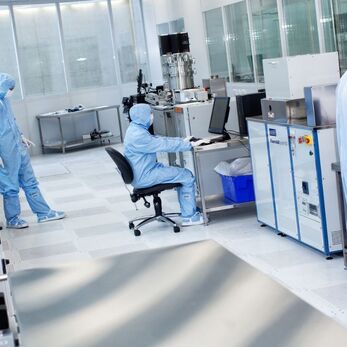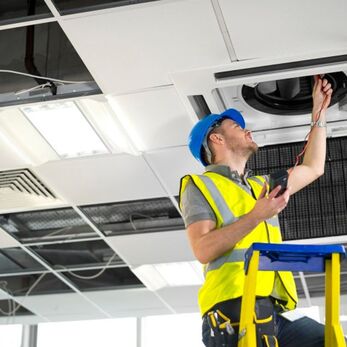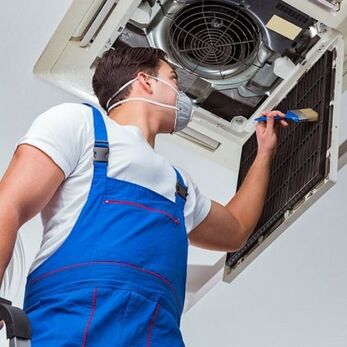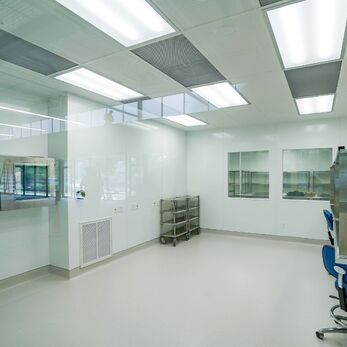5 Potential Sources of Contamination in Cleanroom You Need to Know
Contamination in cleanrooms can disrupt the controlled environment, allowing bacteria and particles from external sources to infiltrate and compromise the standard parameters required for cleanroom operations.
Preventing, detecting, and eliminating contamination is essential to maintaining cleanroom integrity. So, what exactly is cleanroom contamination, and what are the 5 potential sources of contamination? Let’s explore these topics with Vietnam Cleanroom in the article below.
What is Cleanroom Contamination?

5 Potential Sources of Contamination in Cleanrooms
Humans as a Major Threat to Cleanrooms
Labels and Adhesive Tapes as Overlooked Contamination Sources
- Core: Most tapes are produced with a cardboard core, which can shed particles into the cleanroom. To mitigate this, opt for tapes with smooth plastic cores, which prevent particle shedding. However, be cautious of sharp plastic edges that can pierce gloves or cleanroom bags, exposing the environment to additional contaminants.
- Liner: Paper liners or surface liners of tapes and labels often generate dust particles that contaminate cleanrooms. Replacing these with synthetic materials can help minimize particle generation and ensure a cleaner environment.
- Packaging: Contamination can also originate from packaging materials, such as printed bags, static shielding bags, or individually packed items. Double-bagging and proper packaging are essential to prevent external contaminants from entering the cleanroom.
- Adhesives: Adhesive residue can leave an invisible contamination layer within the cleanroom. This is particularly concerning in semiconductor manufacturing and medical/pharmaceutical industries, where chemical contamination poses a significant risk. Eliminating adhesive residues is critical, as organic contaminants on silicon surfaces can cause serious issues for chip production, medical devices, and pharmaceutical products.

Handling Equipment
Raw Materials and Consumables

Cleaning Products
Steps to Minimize Contamination in Cleanrooms
- Inspect Raw Materials
- Maintain Filtration Systems and Positive Pressure
- Control Personnel Access

- Follow Sterile Handling Protocols
- General Guidelines for Donning Sterile Cleanroom Attire (based on cleanroom SOPs)
- Sterile Gloves: After thoroughly washing hands, arms, and cleaning nails with antibacterial soap, dry them with a sterile towel. Put on sterile gloves carefully, following the manufacturer’s instructions.
- Mask: Cover the nose and mouth, ensuring a snug fit. Use a beard cover if necessary.
- Protective Suit: Carefully remove the outer layer of packaging to prevent contamination. Step into the suit frame and insert arms into the sleeves.
- Disposable Shoe Covers: Pull covers over shoes and up to the legs of the jumpsuit.
- Goggles: Wear disposable or sterilized goggles that fit snugly around the face.
- Second Pair of Gloves: Put on a second pair of sterile gloves to secure the gown sleeves and ensure full coverage.
- Minimize Production Activity Contamination
- Regular Maintenance



















